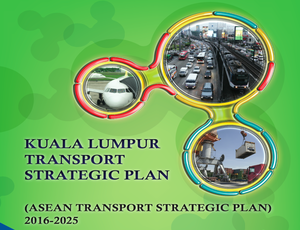By: Ellena Brunetti
Aware that well-developed and organized transport infrastructure plays a vital role in economic growth, ASEAN’s leadership has recently published its 2016-2025 ASEAN Strategic Transport Action Plan. Dubbed the Kuala Lumpur Transport Strategic Plan, the document sets out specific goals with the intention of boosting connectivity within the region. In the following article, we take a closer look at the initiatives of the plan, what has been done so far, and how the various projects will impact businesses operating within the region.
done so far, and how the various projects will impact businesses operating within the region.
General Goals of the 2016-2025 Master Plan
The main objective of the master plan is to implement the second pillar of the ASEAN Economic Community (AEC) blueprint – creating a competitive economic region. In the context of the strategic transport plan, the second pillar of the AEC aims to develop ASEAN as a single market and production base by enhancing land, air, and maritime transport between ASEAN member states.
This plan also aims at ensuring a sustainable transport network, by formulating a regional policy framework to support sustainable transport, including low carbon modes of transport, integration of transport, and land use planning.
The region’s connectivity with China, South Korea, and Japan is also at the core of the plan, and the development of the ASEAN transport network is expected to combine with China’s “One road, One belt” project.




 In this issue of ASEAN Briefing:
In this issue of ASEAN Briefing: